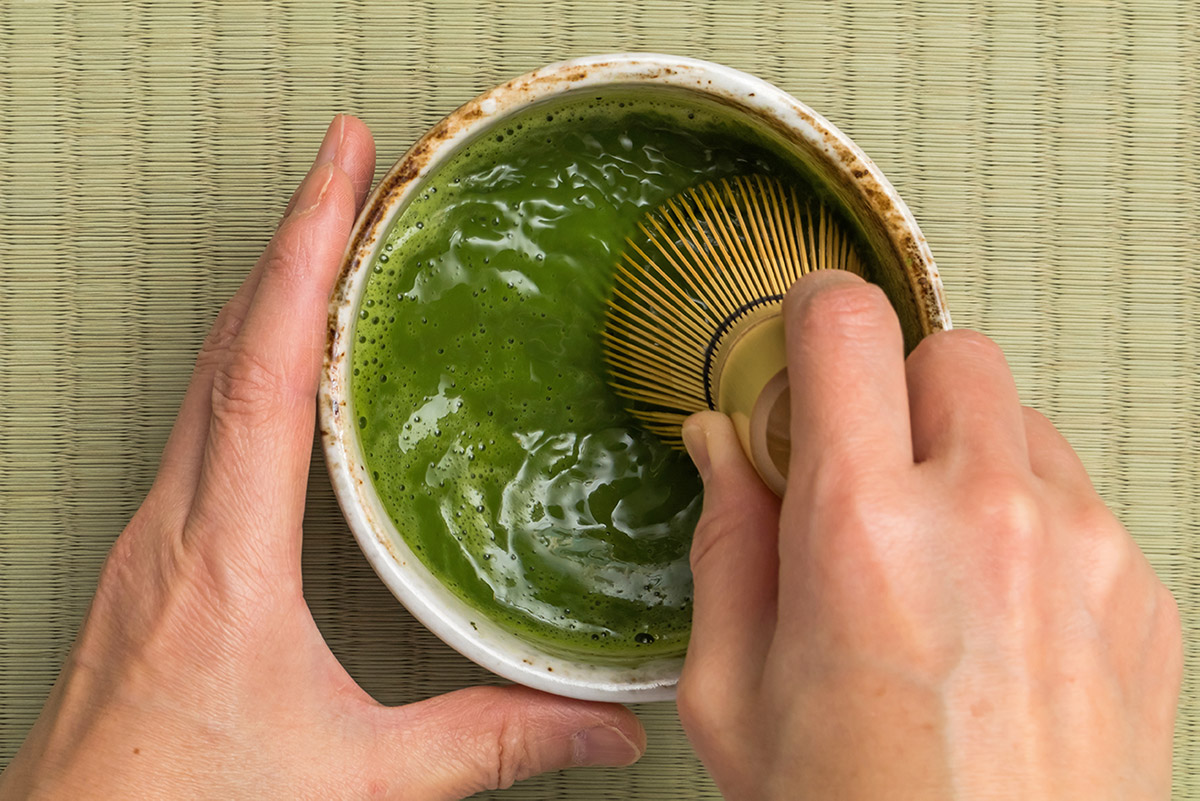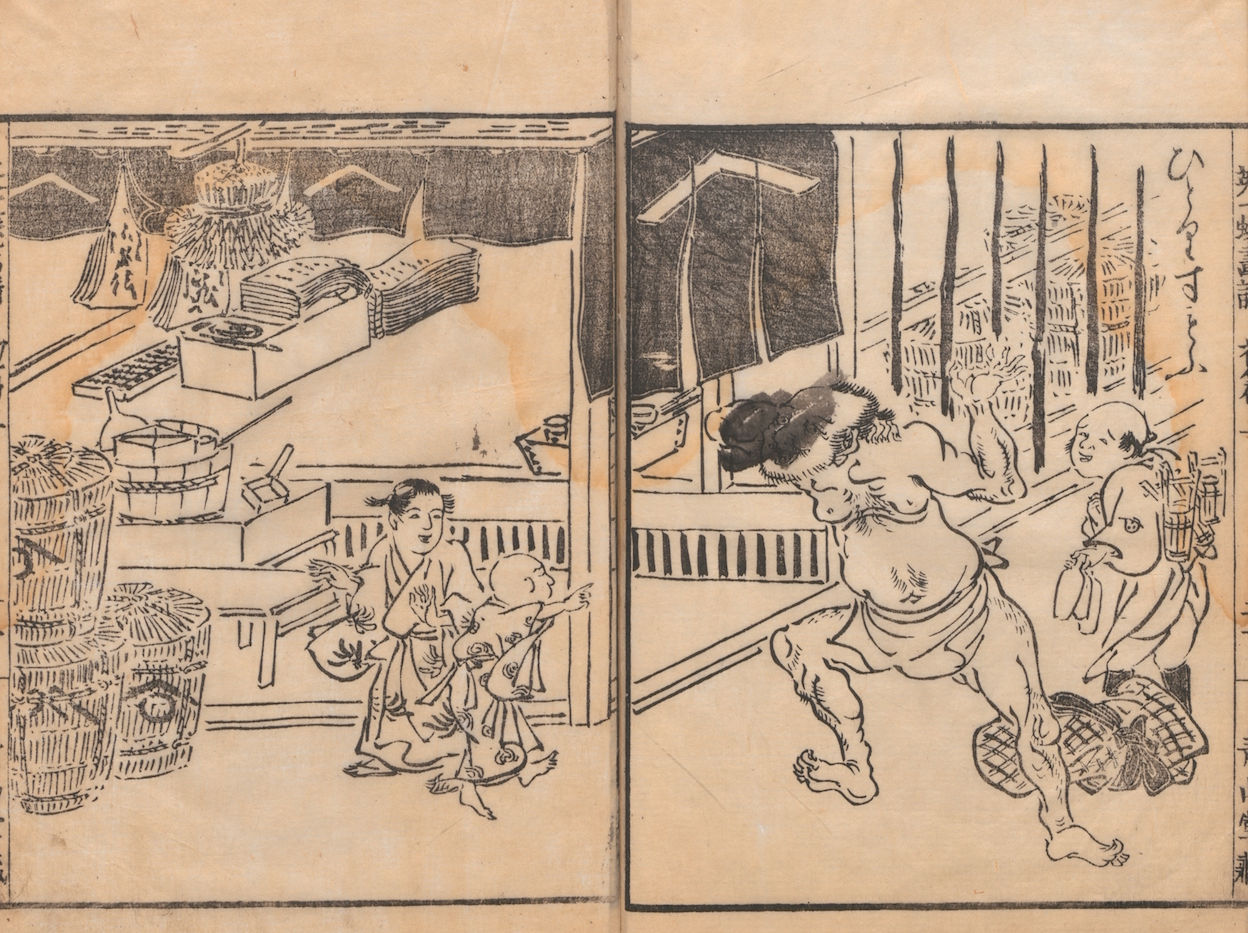現在のお茶の世界では、各流派の「家元」が中心になっています。この「家元」とは、芸事を伝える家、そしてその当主を指す言葉です。お茶の他ではお花やお香が有名ですし、江戸時代には囲碁や将棋にも家元がいました。「家元」という言葉が登場したとされる最初の記録は、英一蝶という江戸時代の絵師の手紙で、彼が修業した狩野家のことを「家元」と呼んでいました。絵画にも家元がいたのですが、近代になって消滅していきました。
The iemoto system is a distinctive feature of Japanese performing arts. “Iemoto” primarily refers to the head of a school of a certain performing art, and normally the title is transmitted from father to son in the family of the founder of the school.
In the world of Japanese tea culture, chanoyu, each school of tea has a iemoto, and these iemoto lead the school and the chanoyu world. The system is not limited to chanoyu: flower arrangement and incense traditions have iemoto, and until the late 19th century, even board games, for example shôgi and go, followed the iemoto system.
The earliest use of the word iemoto is found in a letter written by a famous painter, Hanabusa Itchô (1652 – 1724), in which he called the Kanô house where he had trained “iemoto”.


